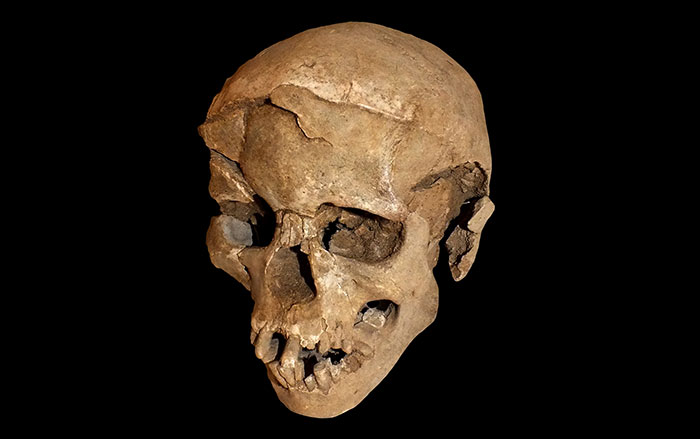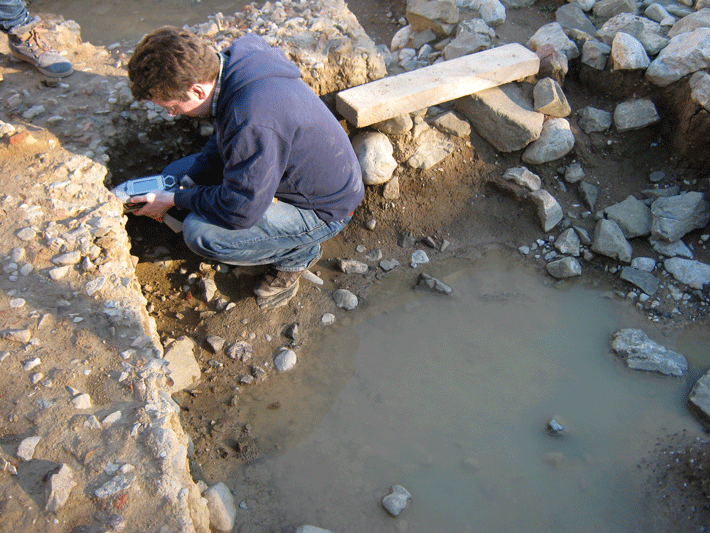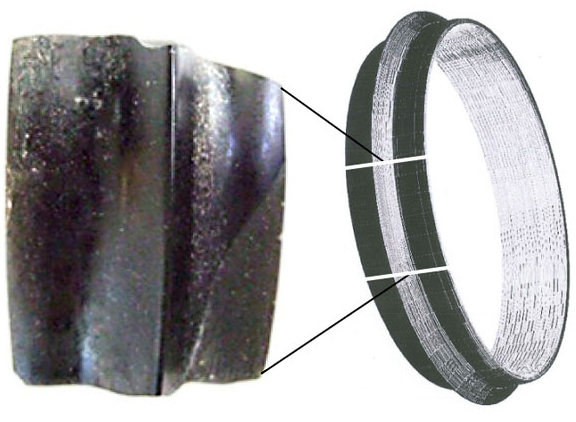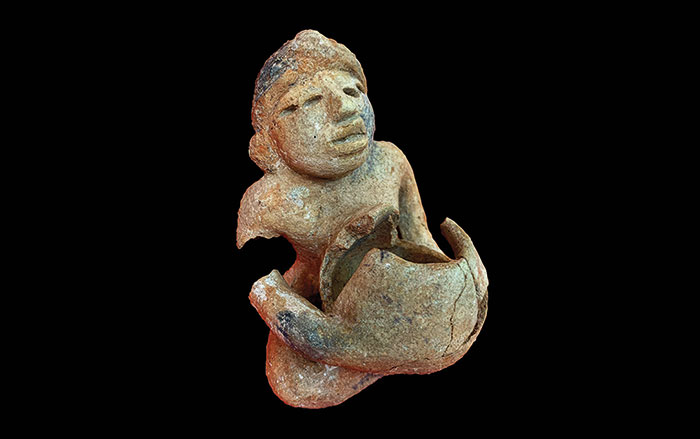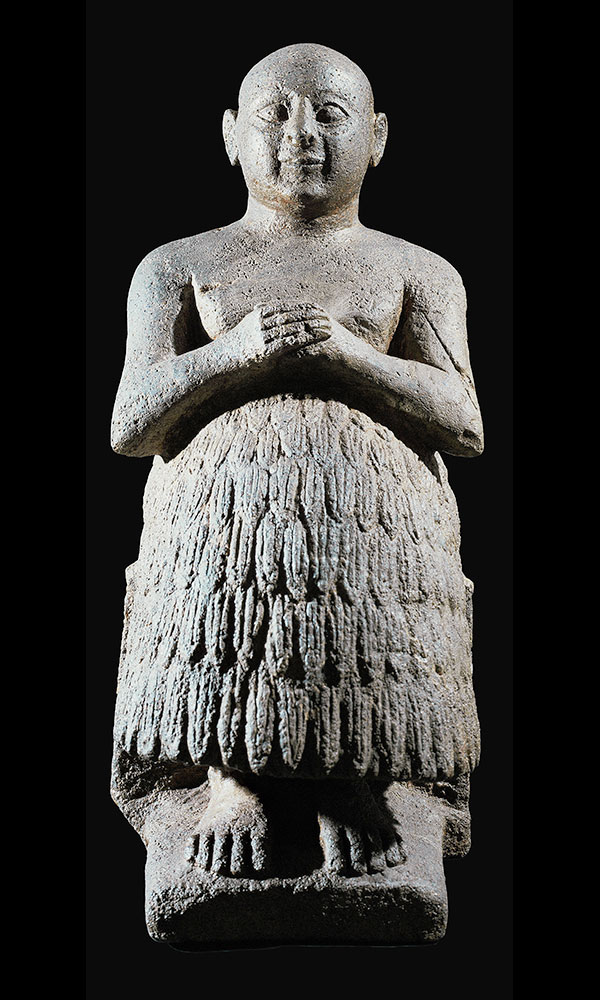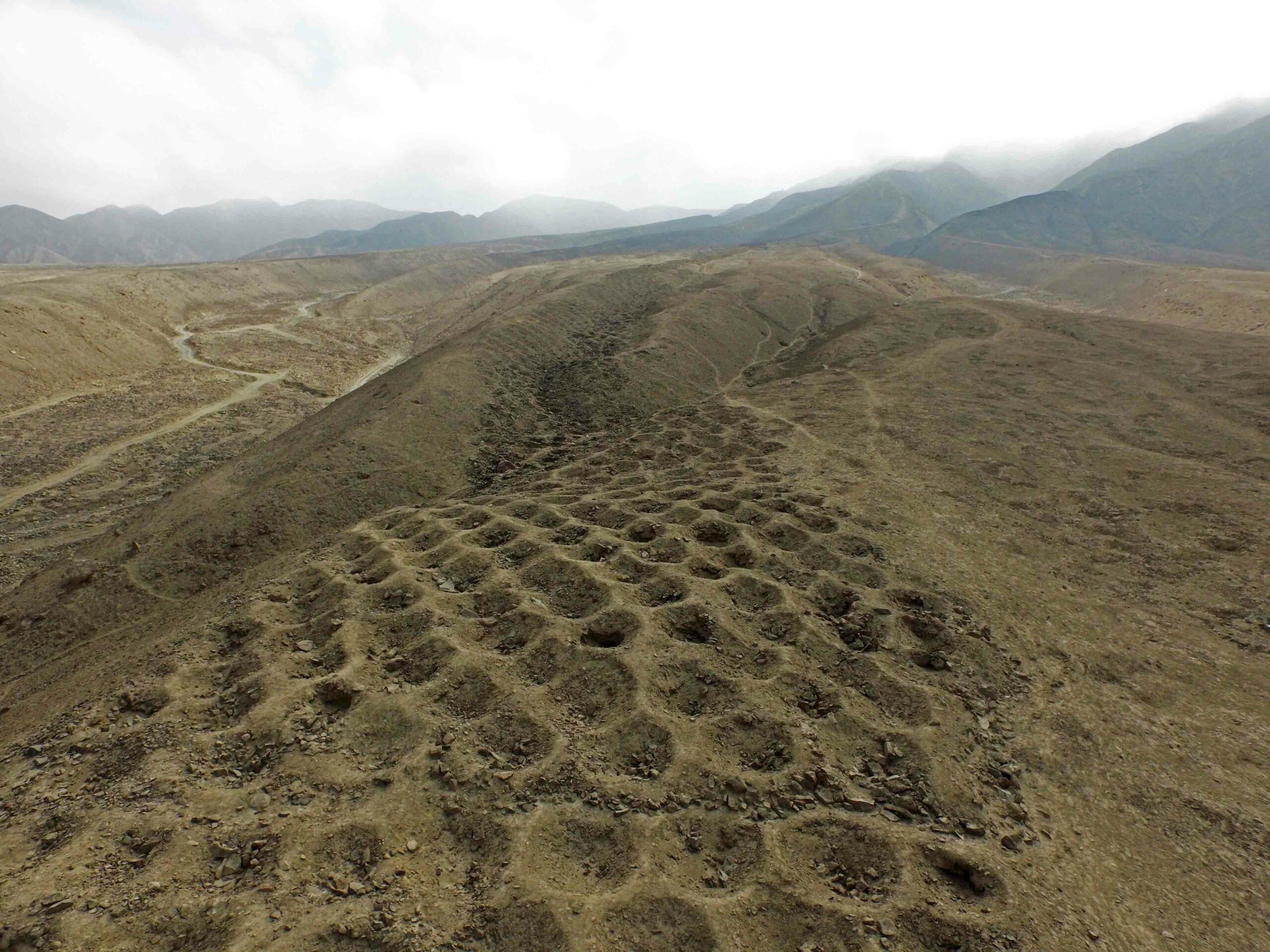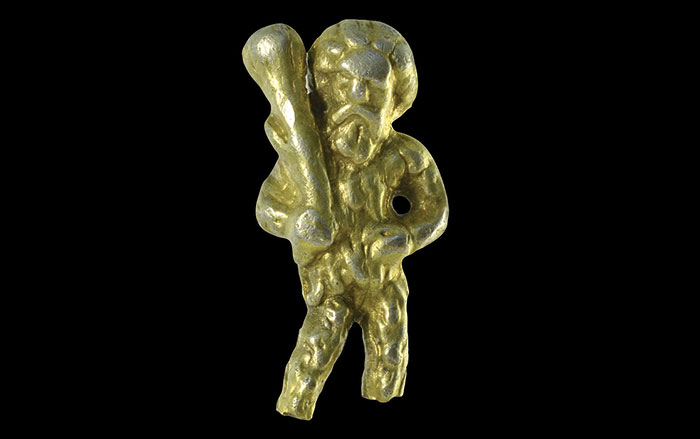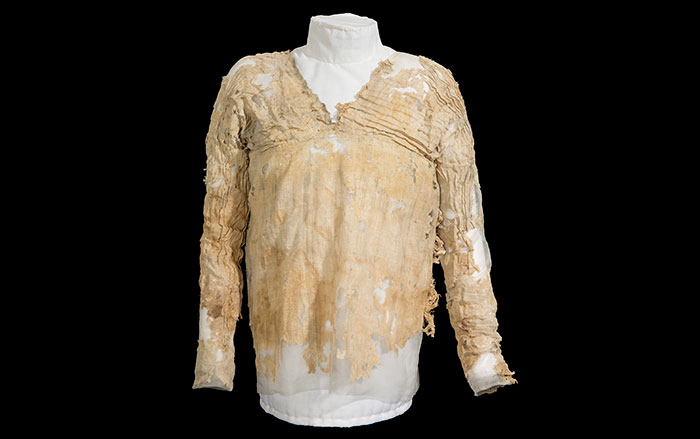
SYDNEY, AUSTRALIA—Archaeologist Robin Torrence of the Australian Museum and her colleagues analyzed 15 obsidian artifacts from the Nanggu site in the Solomon Islands. It had been thought that these 3,000-year-old tools were applied to hides to make cloth, but according to a report by Live Science, early Polynesians employed few animal skins, and those that were used required little preparation. The team of researchers recreated the obsidian tools by shaping a short, sharp point on naturally occurring flakes of volcanic glass. Then they experimented with creating tattoos on pigskin with black charcoal pigment and red ochre. Both the ancient tools and the new ones showed similar signs of wear, including microscopic chipping, rounding, and blunting of the edges. In addition, residues of blood, charcoal, and ochre were found on the ancient tools. Torrence thinks that archaeologists could look for comparable obsidian tools at sites where tattooing might have been practiced, since human skin is rarely preserved in the archaeological record. To read in-depth about evidence of tattooing in the archaeological record, go to "Ancient Tattoos."


